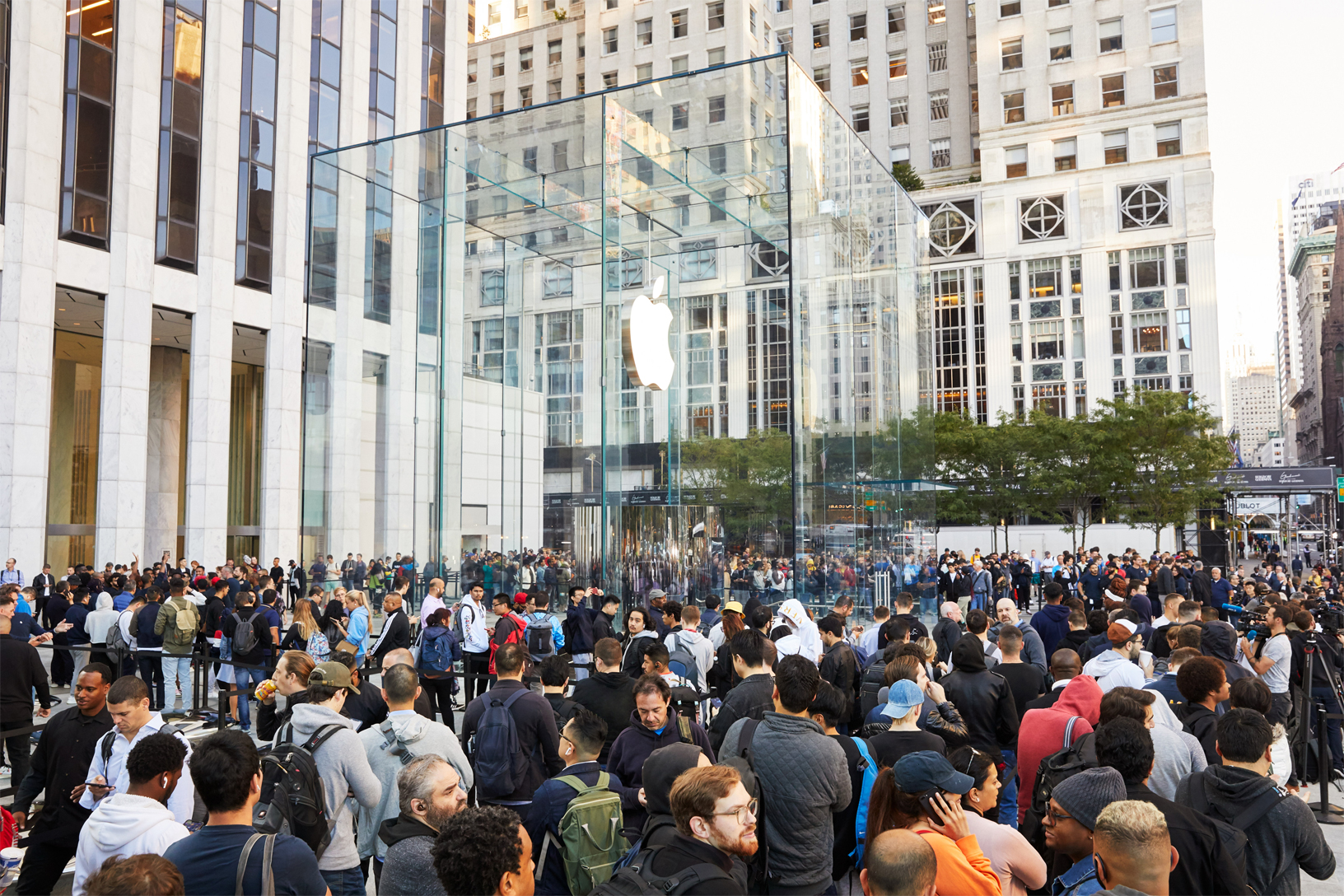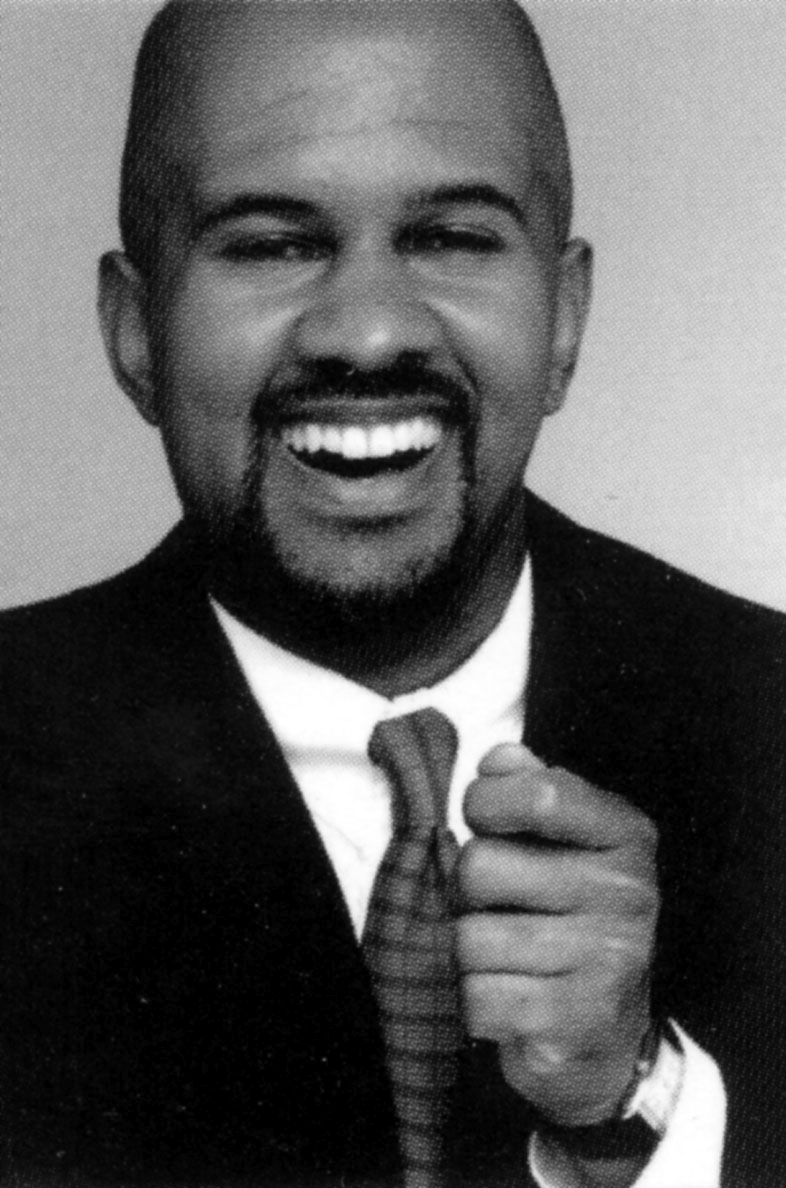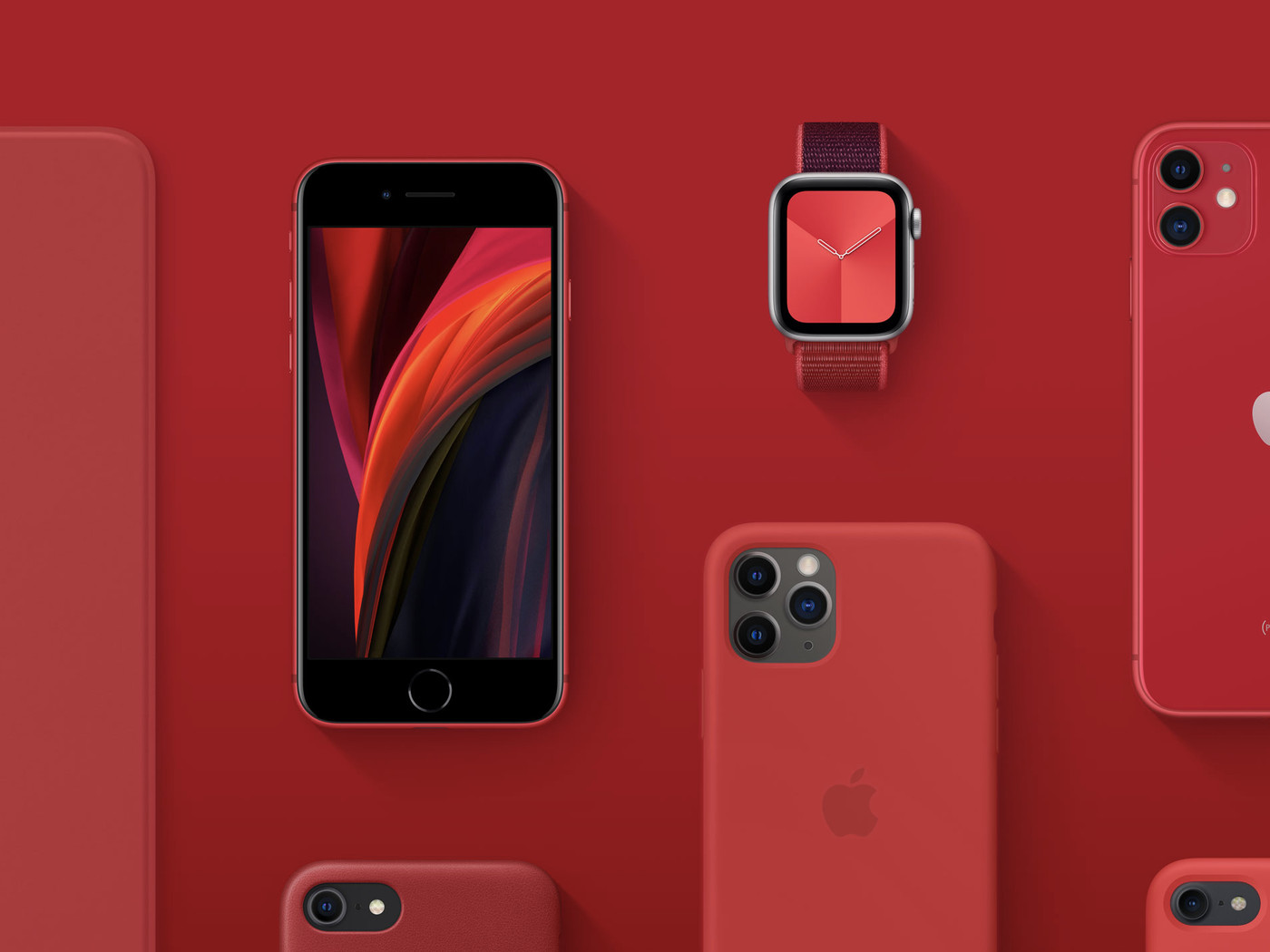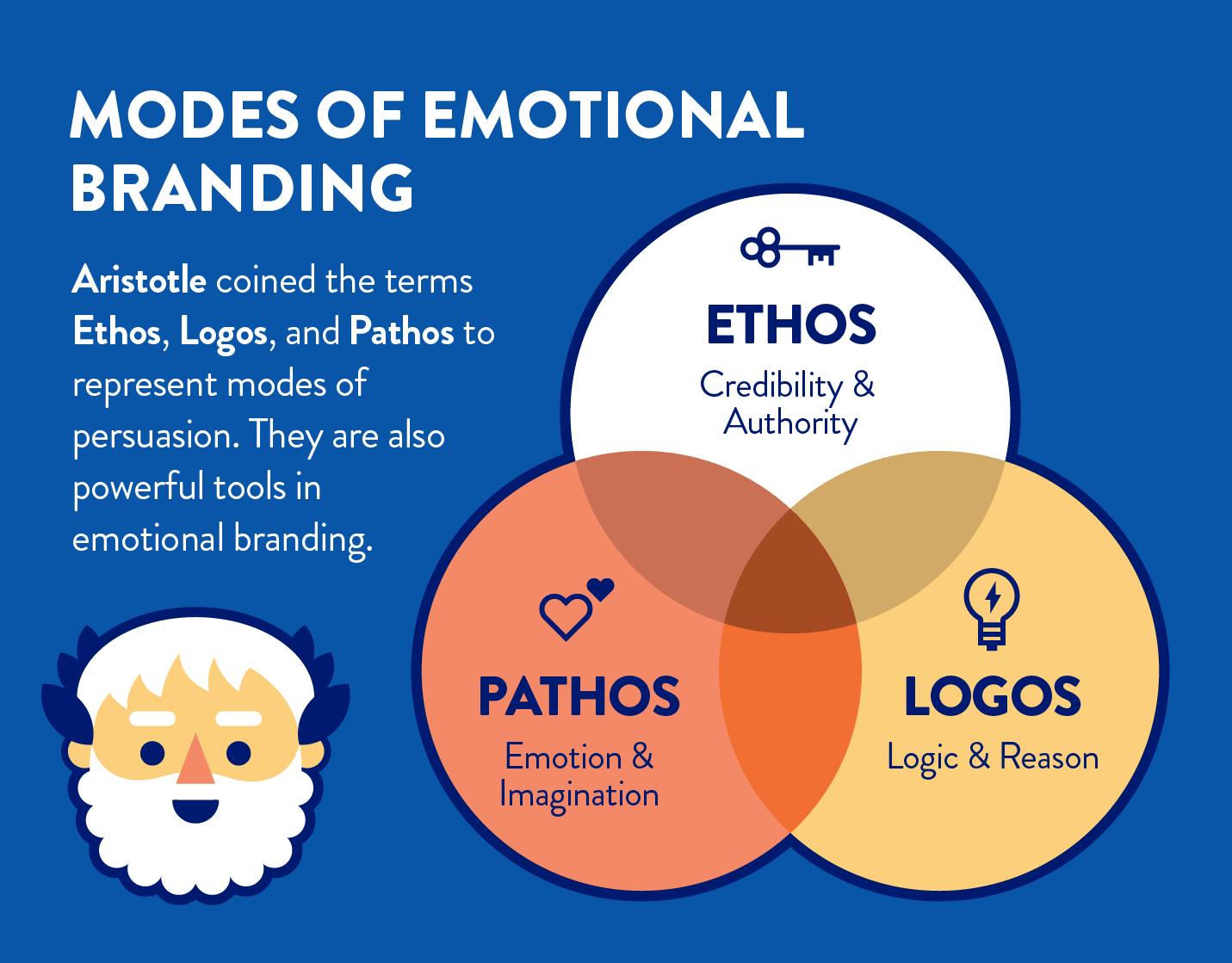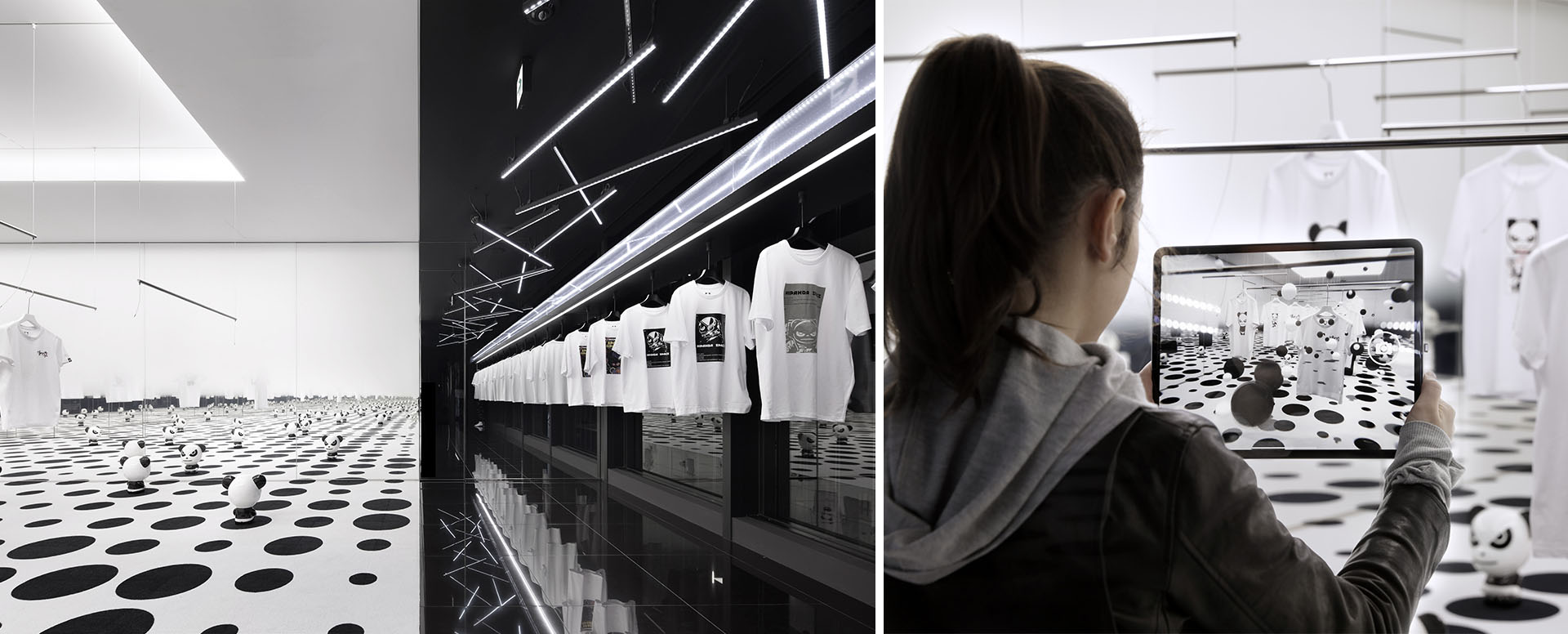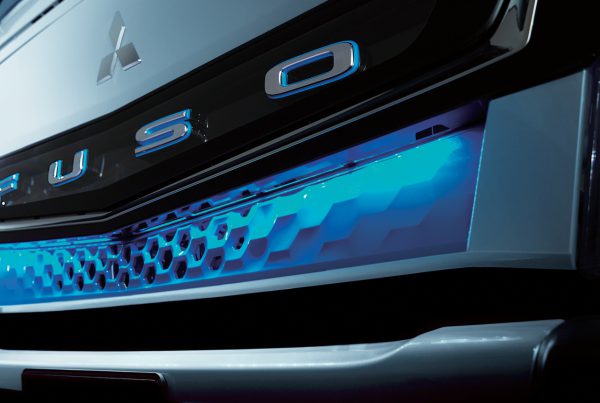Through social media and digital devices, today’s consumers are more informed, cautious, and selective than ever before. In a seamless blend of online and offline life, they can decide when, where, and how to engage with brands. They can change their minds if they want to and organizations are fighting for their attention while keeping track of the changing behaviors, new values being forged, and communities simultaneously being co-created in order to stay relevant.
How can emotional engineering help engage today’s customers and how do we make that happen in today’s digitally connected world?
For this topic, I reached out to Dev Glover, a digital entrepreneur, motivational speaker, and author of the DOING YOUR DREAM book series.
Dev Glover, Author of Doing Your Dream Book Series
Emotional Engineering
“When we think about the word emotion, we think about feelings, intuition, perception, etc. Engineering, on the other hand, is related to something logical, structured, specific, and comes with very specific outcomes that have to be delivered in order for it to be deemed successful.”
Red products from Apple help support causes aimed to raise funds, spread awareness, and eradicate HIV/AIDS as well as the fight against the COVID-19 virus. Photo Credit: The Verge
“Colors may actually trigger specific emotions for you. They may be emotions from your past or aspirational emotions that you would like to embody. Whether that be a certain type of influence that you have or a certain type of wealth or status that you have.”
”You know, when we buy things, we rarely buy them based upon logic. We choose items based upon some really intrinsic and much deeper values. I think that is one of the key tenets of emotional engineering.
Dev GloverMarketing Strategist and Author of Doing Your Dream Book Series
Bare Minimum
Photo Credit: Clevertap
“What I would ask organizations is this: What are we in a position to give our unique audience that no one else is in the position to do? What is our value: both on the tangible level and the intrinsic level? Among the basic human emotions, what does this product or service most consistently attempt to provide? Now, once we answer these questions, then the strategies and the tactics come after.”
”If end consumers resonate with the organization's mission and if the brand feels authentic to them, then if that is the case, they are more likely to keep returning, sharing your content, helping you to even build a more successful brand down the road for the long term.
Dev GloverMarketing Strategist and Author of Doing Your Dream Book Series
The Standouts
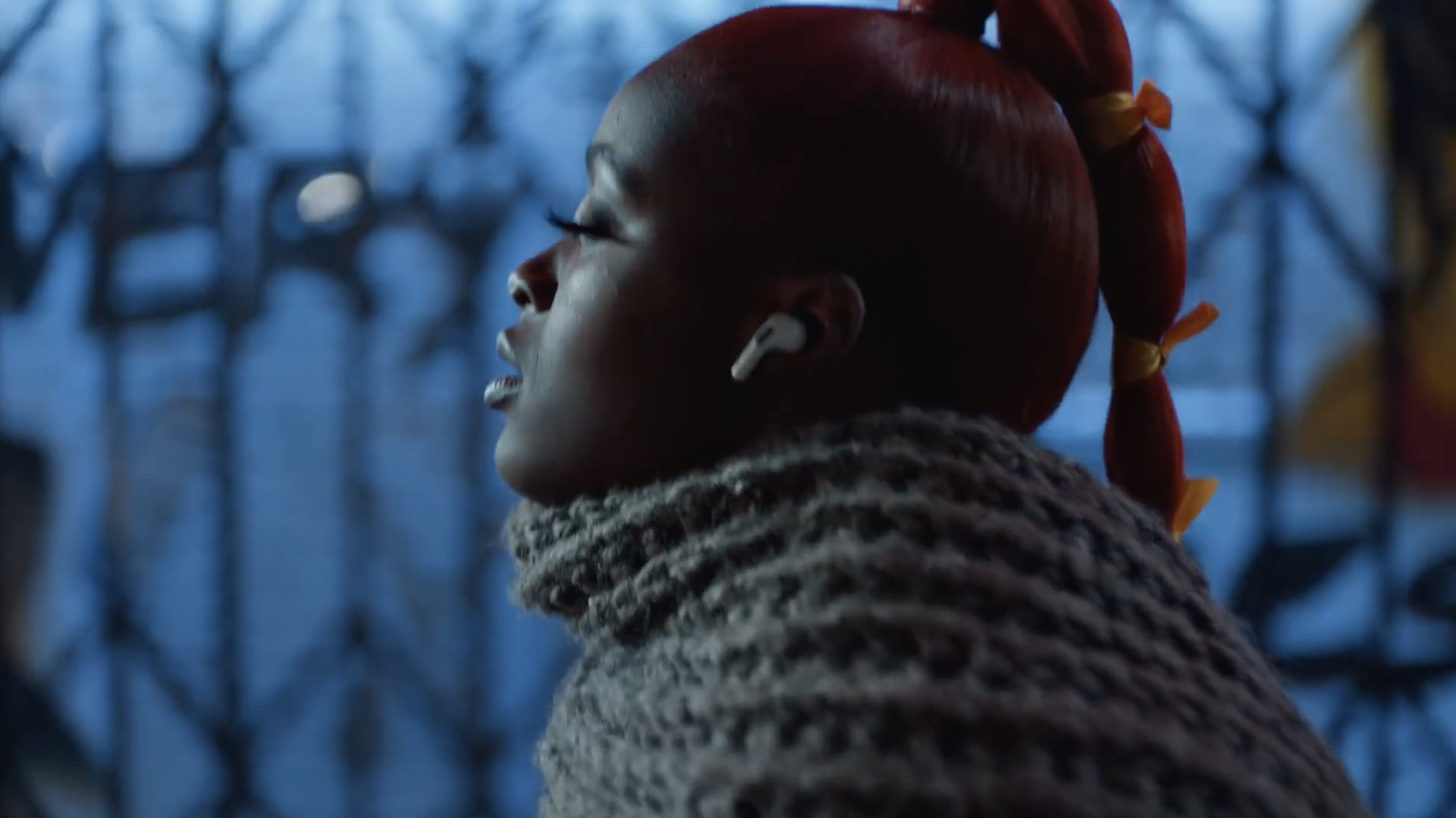
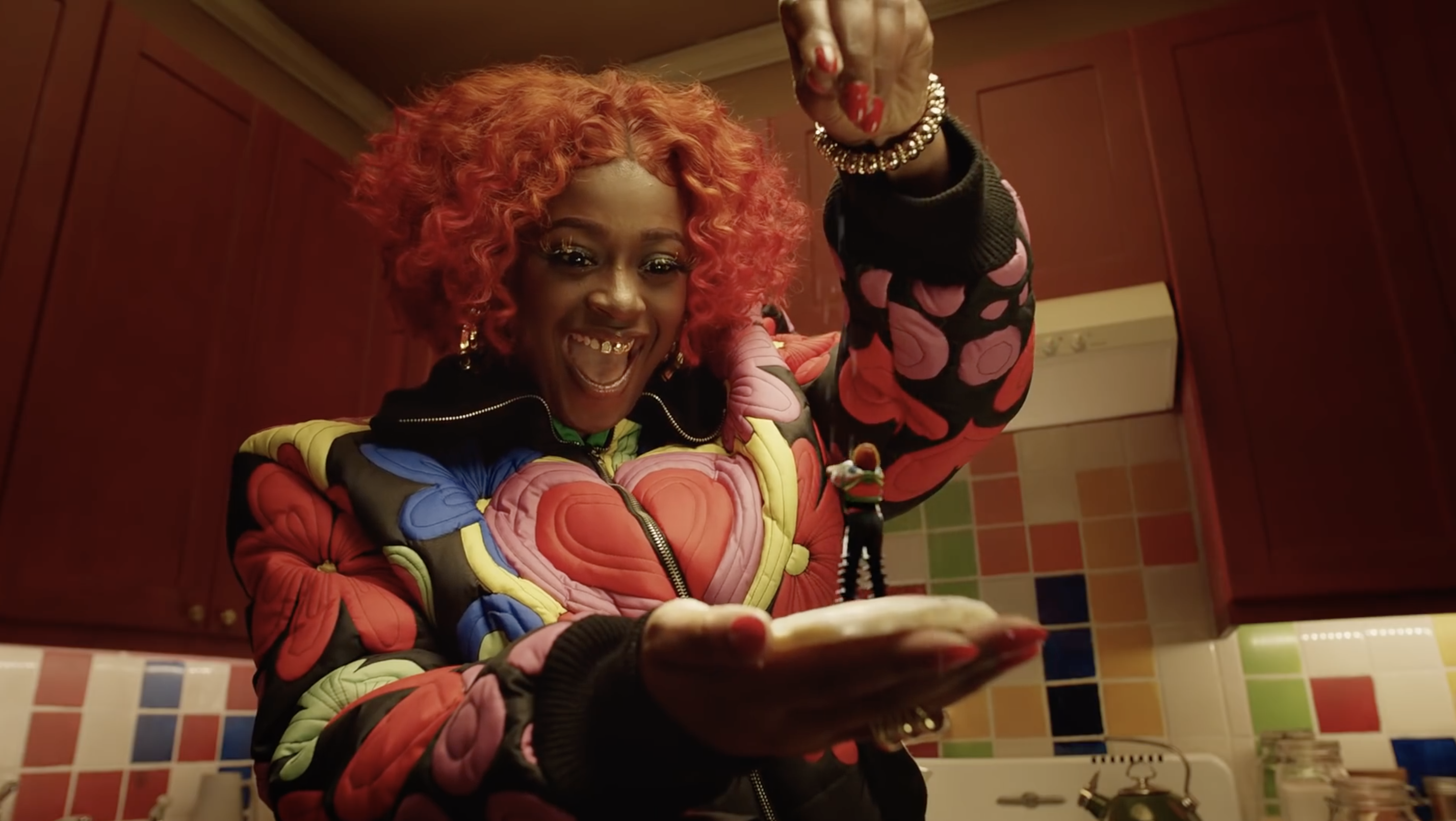
Screen grabs from Apple’s 2019 holiday ad titled “The magic of mini,” which features Tierra Whack in a narrative about how music can help improve one’s mood. Photo Credit: Apple’s Youtube channel
Apple store in New York during the iPhone 11 launch. 12 years since the first iPhone was launched, Apple customers continue to line up to be one of the early adopters. Photo Credit: Apple
More than just a place for coffee, Starbucks has branded itself as the “Third Place” and consistently transformed itself. Seen here is the Starbucks Roasters in Tokyo. Photo Credit: Time Out
“What does our consumer, what do they want, how do they want to feel, how do they think, what do they aspire to? And then how do we package our products, services, and brand around those notions? These were the questions that these two brands answered and responded to very well.”
Taking it online
The HiPanda store in Japan uses augmented and haptic technology to build fluid and participatory experiences for its tech-savvy target audience. Photo Credit: Curiosity.JP
“It is all about connection with the consumer. It is an ongoing dialogue between the organization and the consumer.”
“And what is really, really interesting is that we’re seeing just more and more of that even from consumers who are in their teens. Huge brands are being built specifically for the teen market. We think about things like TikTok for example, which first found a mass appeal among the Gen Z market but found a way to expand to a much broader market. And it was designed specifically for teens, designed for them to have fun, for them to have engagement, through the use of very, very short video engagement, something that was unique to them.”
In a 2019 campaign called #UTPlayYourWorld, Uniqlo asked its customers to upload videos wearing their favorite outfits from 2019 collection on the social media app, TikTok. Selected videos where played in stores in the US, France, Japan and Taiwan and generated over 700M views. Photo Credit: The Current Daily
“But a lot of times, organizations want to capture the entire market on these platforms, which is really not very, very smart because it’s not really sustainable.”
“What is a more sustainable approach is to really figure out your specific target market and apply demographic and psychographic analysis. That takes work over time and that work never ever stops. So the connection as it relates to technology today and the need for connection is really just basic human nature. We hear the word tribe, a lot. Belonging to a tribe definitely has its feeling of being included. That can be a very, very powerful thing. And that’s what organizations should strive for when engaging with their clients online: make them feel that they belong.”
”And that’s what organizations should strive for when engaging with their clients online: make them feel that they belong.
Dev GloverMarketing Strategist and Author of Doing Your Dream Book Series
“How do you communicate to them in a consistent way where you are serving their needs first before you may even ask for them to buy your product or buy your service? Show them that you care first. A lot of people have that backwards. A lot of people I have worked with have that backwards.”
Future Trends
Because the digital world is continually shifting, Dev provides this advice on the intersection of digital communications and customer engagement:
“One of the things that I mentioned in one of my books is whether you’re a business, small or large creator of any type, entrepreneur of any type, you have one goal: that is to stand out way ahead of your competition. You want to be seen as the number one provider of your product or service bar none.”
”Perhaps the overarching goal is to create raving fans. If you can create people who will walk on the water for you – that is a testament that your emotional engineering and online communications have worked.
Dev GloverMarketing Strategist and Author of Doing Your Dream Book Series
“Perhaps the overarching goal is to create raving fans. If you can create people who will walk on the water for you, for your products or service, if you give your customers creative, consistent, and powerful value that they would emotionally feel horrible to go to someone else for the product or someone else for the service you have given them – that is a testament that your emotional engineering and online communications have worked,” Dev concludes.
Dev Glover is a digital entrepreneur, author and speaker. His is the author of the DOING YOUR DREAM book series, exclusively at Amazon, which includes two titles: DOING YOUR DREAM: 7 Steps to Creativity, Entrepreneurship & Wealth! and DOING YOUR DREAM, THE POWER QUOTES: 25 Quotes for Passion, Power, Purpose & Profits!

